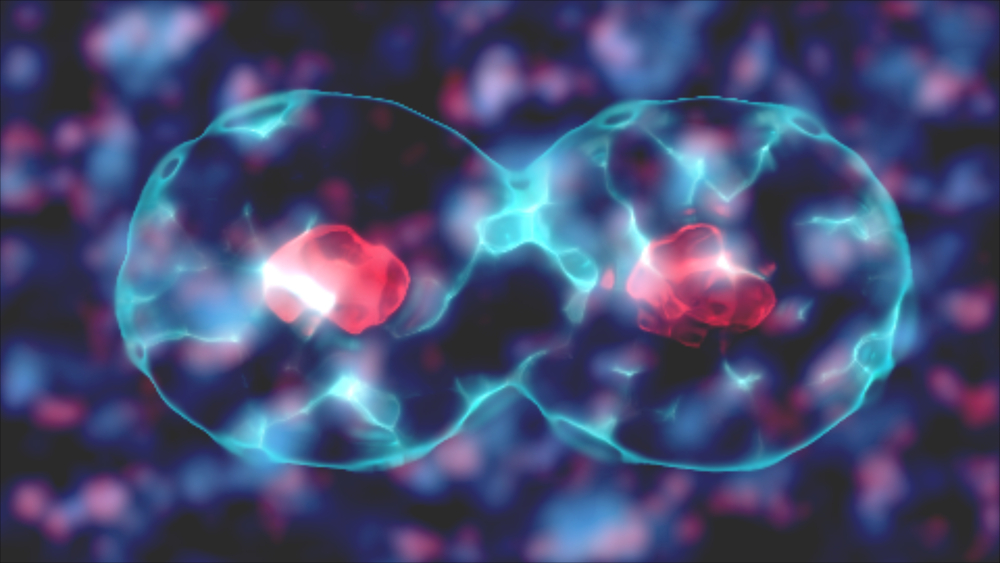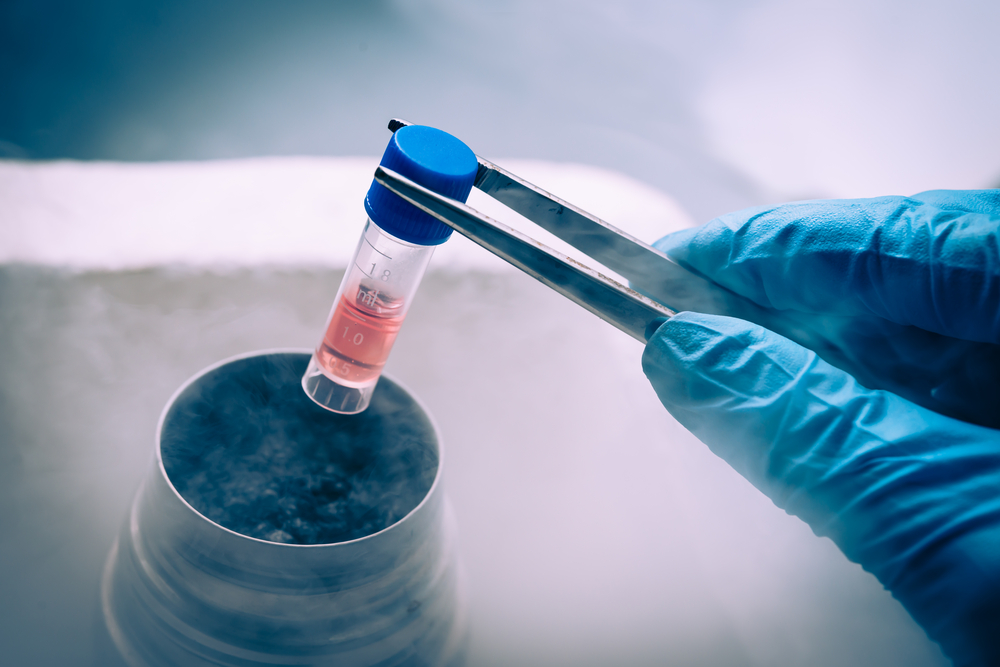Stem cells are sensational, aren’t they? You’re about to dive into the dynamic world of NAD+ and its role in stem cell regeneration. Let’s unlock the secrets of this vital coenzyme, understand how it impacts stem cell functionality, and explore its potential therapeutic benefits. Are you ready to witness how science is pushing boundaries in biomedicine?
Understanding NAD+ and Its Biological Significance
You’re about to delve into the fascinating world of NAD+ and its biological importance, aren’t you? This coenzyme is vital for numerous metabolic processes in your cells. It’s synthesized through a process known as NAD+ Biosynthesis, which involves an intricate series of enzymatic reactions.
NAD+ Biosynthesis starts with precursors like nicotinamide (NA), nicotinic acid (NA), or tryptophan. These compounds get converted into NMN (nicotinamide mononucleotide) via enzymes such as NNMT or NAMPT. Then, NMN gets adenylated by NMNAT enzyme into NAD+.
Now, let’s consider the consequences of NAD+ Depletion. You need to realize that this isn’t a trivial matter; it can lead to severe cellular dysfunction and contribute to aging and various diseases. For instance, when there’s insufficient NAD+, your cells can’t produce enough ATP, leading to energy deficits within the cell. Moreover, key biological processes that rely on NAD+, such as DNA repair and cell signaling pathways, become compromised.
The Science Behind Stem Cells and Their Regeneration
You’re about to delve into the intricate world of stem cells, exploring their astounding capabilities for regeneration. You’ll examine the fundamental science behind these dynamic cells and investigate how NAD+, a crucial coenzyme in cell metabolism, impacts this regenerative process. It’s a complex journey requiring precision and scientific rigor, but it’s worth understanding how these biological phenomena could revolutionize medical science.

Stem Cells’ Regeneration Process
It’s crucial to understand that NAD+ plays a significant role in the regeneration process of stem cells. This coenzyme is instrumental in cellular respiration, aiding in energy production within mitochondria. In stem cell ethics, it’s key to consider this natural regeneration mechanism.
NAD+ repletion can rejuvenate stem cells, enabling them to maintain their function and population size over time. Understanding these mechanisms opens up new possibilities for therapies that could potentially harness the power of regenerative medicine.
However, ethical considerations arise when manipulating these processes. It’s essential to establish guidelines for safe and responsible use. With your understanding of how NAD+ influences stem cell regeneration mechanisms, you’ll be better equipped to navigate this complex scientific landscape while maintaining ethical integrity.
NAD+ Impact on Regeneration
Given these insights, you’ll find that this coenzyme significantly impacts the rejuvenation processes. NAD+ supplementation can help counteract the aging impact on stem cell regeneration.
Let’s delve into how it works:
– NAD+ Role in Energy Production
– It’s a crucial player in metabolic reactions
– Facilitates ATP synthesis, vital for cellular functions
– NAD+ and DNA Repair
– Enhances PARP enzymes activities, responsible for detecting and repairing DNA damage
– Its depletion might lead to accumulation of harmful mutations
– NAD+ Supplementation Benefits
– May reverse age-associated declines in stem cell function
– Potentially improves longevity and health span
Thus, maintaining optimal levels of NAD+ is essential as you age. Incorporating it into your regimen could be a game-changer for healthy aging and revitalization.
Science of Stem Cells
Let’s shift gears and explore the fascinating science behind stem cells, shall we? You’ve probably heard of stem cells, but do you understand where they come from? Stem cell sources can be embryonic, adult, or induced pluripotent. Each source has unique properties and ethical considerations. Embryonic stem cells are highly potent but raise significant Stem Cell Ethics issues due to their derivation from human embryos.
Adult stem cells are less controversial yet limited in their differentiation capabilities. Lastly, induced pluripotent stem cells (iPSCs) are adult cells genetically reprogrammed into an embryonic state, bypassing many ethical concerns. Despite iPSCs’ promise, questions remain about their stability and potential tumorigenicity. As you delve deeper into this field, you’ll see how these key issues shape the ongoing debate on the use of stem cells in regenerative medicine.
The Connection Between Nad+ and Stem Cells
Research has shown there’s a significant link between NAD+ levels and the functionality of stem cells. You should understand that manipulating these levels can impact stem cell activity, but bear in mind NAD+ dosage implications and ethical considerations with regards to stem cell use.
Let’s delve into this:
– NAD+ Dosage Implications
– Increasing NAD+ concentrations may enhance the reparative abilities of your stem cells; however, optimal dosage is crucial. Too high or low could be detrimental to cell health.
– The body’s ability to absorb and utilize NAD+ effectively should also be considered. It’s not simply about ingesting more; it’s about efficient uptake at a cellular level.
– Stem Cell Ethics
– Though using stem cells for repair and regeneration has significant potential, it also raises certain moral questions.
– Some argue that altering the natural processes of the body is ethically questionable. Others believe the potential benefits outweigh these concerns.
How NAD+ Influences Stem Cell Regeneration
It’s crucial to understand how this molecule impacts the renewal process of our body’s building blocks. NAD+, or Nicotinamide Adenine Dinucleotide, plays a significant role in stem cell regeneration. Given its pivotal role, NAD+ supplementation has emerged as a strategic approach to promote cellular longevity.
As you delve deeper into cellular biology, you’ll find that NAD+ is an essential coenzyme found in every cell in your body. It’s involved in hundreds of metabolic processes – but most importantly for our current topic, it promotes stem cell self-renewal and regrowth.
NAD+ supplementation essentially boosts the levels of this vital molecule within your cells. This amplification can effectively rejuvenate stem cells, enhancing their function and leading to improved tissue repair and regeneration.
Moreover, high levels of NAD+ also support healthy DNA repair mechanisms-critical for maintaining genomic stability and thus promoting cellular longevity. By mitigating DNA damage accumulation-a major contributor to cellular aging-NAD+ supplementation indirectly enhances stem cell function and survival.
The Potential Therapeutic Benefits of NAD+ in Stem Cell Therapy
You’re now ready to explore how this critical molecule could potentially enhance therapeutic treatments in the medical field. In terms of cellular longevity research, NAD+ is emerging as a significant player. It’s not just about its role in cellular metabolism and energy production anymore; it’s also about its potential to extend the lifespan of cells, including stem cells.

Consider these detailed potential benefits:
* NAD+ dosage optimization
* Enhancing Stem Cell Potency: By optimizing NAD+ dosage, you could potentially increase stem cell potency and improve the outcome of therapeutic interventions.
* Regulating Cellular Processes: Proper NAD+ dosage helps regulate vital processes such as DNA damage repair and apoptosis, ensuring cell health and functionality.
* Cellular longevity research
* Delaying Senescence: Research indicates that maintaining high levels of NAD+ may delay cellular senescence, promoting longer-lasting cells.
* Boosting Mitochondrial Efficiency: As an essential part of the electron transport chain in mitochondria, robust NAD+ levels can boost mitochondrial efficiency, thereby enhancing overall cell vitality.
Exploring the Recent Research on NAD+ and Stem Cell Regeneration
Diving deeper into the subject, let’s examine recent studies that shed light on this fascinating topic and its implications for the medical field. You’ll find that NAD+ dosage consideration and regeneration speed variation are pivotal areas of study.
Recent research indicates that careful calibration of NAD+ dosage is crucial in optimizing stem cell regeneration. Over- or under-dosage could either stunt the regenerative process or induce cellular stress, respectively. It’s not enough to simply increase NAD+ levels; you must balance it carefully to ensure optimal cellular function.
Moreover, attention should be paid to variances in regeneration speeds across different cell types. This variability suggests a complex relationship between NAD+ and stem cells. Some researchers hypothesize that fast-regenerating cells might require higher levels of NAD+, but more studies are needed to confirm this hypothesis.
Future Prospects and Challenges in NAD+ and Stem Cell Research
Looking ahead, there’s no denying that we’re facing several challenges and prospects in the field of advanced biological research involving molecules and cell renewal. With the specific focus on NAD+ and its role in stem cell regeneration, you must be aware of both the ethical implications and commercial viability.
– Ethical Implications:
– As with any research involving stem cells, it’s important to remember that these cells are often derived from human embryos. This raises a number of moral questions which need careful consideration.
– Moreover, potential misuse of this technology could lead to unforeseen consequences. Regulation is necessary to prevent unethical practices.
– Commercial Viability:
– The market for regenerative medicine is growing rapidly; however, commercializing such complex therapies involves high costs.
– In addition to scientific breakthroughs, economic feasibility studies will play a pivotal role in determining whether or not these therapies can reach patients who desperately need them.
Understanding these concerns will help you navigate the future landscape of biological research. While there are obstacles to overcome, continued advancements in molecular biology promise exciting new avenues for therapeutic interventions.
Frequently Asked Questions
What Are the Potential Side Effects of Using Nad+ in Stem Cell Therapy?
You’re asking about potential side effects of NAD+ in stem cell therapy. Excessive NAD+ dosage or prolonged therapy duration might cause fatigue, nausea, headaches, insomnia and indigestion. However, everyone’s reaction can vary.
How Accessible and Affordable Are Treatments Involving Nad+ and Stem Cells?
You’d find treatments involving NAD+ and stem cells quite expensive and not widely accessible. The costs of NAD+ supplementation benefits and advanced stem cell harvesting methods raise the price significantly.
Is Nad+ and Stem Cell Therapy Applicable to All Types of Diseases or Only Specific Ones?
NAD+ and stem cell therapy’s therapeutic potential isn’t universal. Disease specificity plays a big role, as certain conditions respond better while others may not. It’s important to research your specific disease thoroughly.
Are There Ethical Issues or Controversies Surrounding the Use of Nad+ in Stem Cell Research?
Yes, there are ethical debates surrounding NAD+ use in stem cell research. These mainly concern the NAD+ dosage debate and issues with stem cell sourcing, such as potential exploitation of donors and consent-related matters.
What Are the Current Legal Regulations Concerning the Use of Nad+ and Stem Cell Therapy in Clinical Practices?
You’re navigating complex territory. The regulation evolution concerning NAD+ classification and stem cell therapy varies globally. It’s essential to consult local laws, as some countries have tight controls while others offer more relaxed guidelines.
